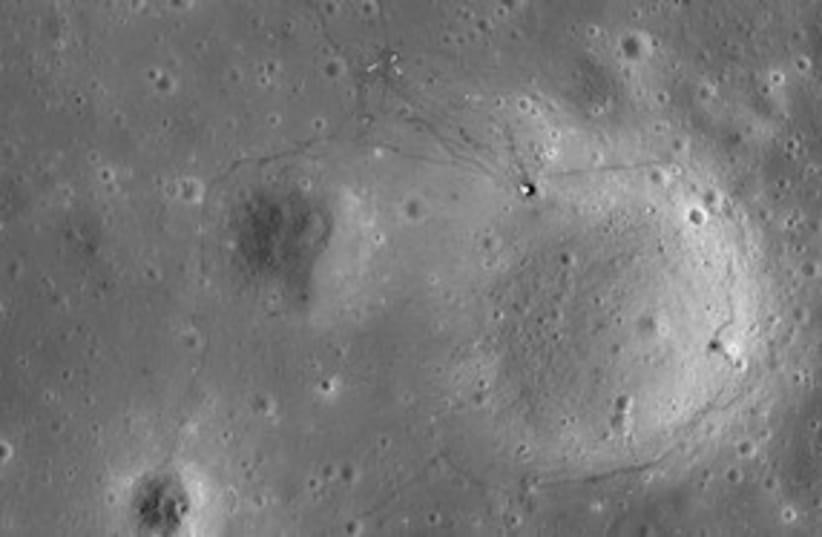Lunar ConundrumSolving the conundrum of the moon’s origin probably will prove challenging because all of the alternative scenarios for the moon’s formation have drawbacks.For example, it is possible that even though titanium is refractory, it might still have gasified in the giant impact and then became incorporated into the disk of Earth-orbiting material that developed into the moon. This might have erased the signature of the titanium from Theia, which could explain the UChicago team’s observations. The problem with this scenario is that the disk may have fallen back to Earth if too much material was exchanged between the two bodies.An old idea, long abandoned, is that the moon arose via fission from a molten, rapidly rotating Earth following a giant impact. This idea explains the similarity between Earth and moon, but how such a large, concentrated mass could spin fast enough to split in two remains problematical.According to a third scenario, Earth collided with an icy body lacking entirely in titanium. There are no bodies made purely of ice in the solar system, however. “They would always have a significant fraction of solid material, so you would still expect the object to deliver some titanium,” Dauphas said.It’s also possible that Theia had the same composition as Earth. This is unlikely, however, because of the widely accepted view that the Earth incorporated material over tens of millions of years in collisions with smaller bodies that flew in from different regions of the developing solar system.“We thought we knew what the moon was made of and how it formed, but even 40 years after Apollo, there is still a lot of science to do with those samples that are in curatorial facilities at NASA,” Dauphas said.This article was first published at www.newswise.com
Paternity test fingers Earth as moon’s sole parent
Previous theories say a giant collision between Earth, Mars-sized object gave birth to moon 4.5 billion years ago.

Lunar ConundrumSolving the conundrum of the moon’s origin probably will prove challenging because all of the alternative scenarios for the moon’s formation have drawbacks.For example, it is possible that even though titanium is refractory, it might still have gasified in the giant impact and then became incorporated into the disk of Earth-orbiting material that developed into the moon. This might have erased the signature of the titanium from Theia, which could explain the UChicago team’s observations. The problem with this scenario is that the disk may have fallen back to Earth if too much material was exchanged between the two bodies.An old idea, long abandoned, is that the moon arose via fission from a molten, rapidly rotating Earth following a giant impact. This idea explains the similarity between Earth and moon, but how such a large, concentrated mass could spin fast enough to split in two remains problematical.According to a third scenario, Earth collided with an icy body lacking entirely in titanium. There are no bodies made purely of ice in the solar system, however. “They would always have a significant fraction of solid material, so you would still expect the object to deliver some titanium,” Dauphas said.It’s also possible that Theia had the same composition as Earth. This is unlikely, however, because of the widely accepted view that the Earth incorporated material over tens of millions of years in collisions with smaller bodies that flew in from different regions of the developing solar system.“We thought we knew what the moon was made of and how it formed, but even 40 years after Apollo, there is still a lot of science to do with those samples that are in curatorial facilities at NASA,” Dauphas said.This article was first published at www.newswise.com